Stutensee, Karlsruhe district, Baden-Württemberg, southwest Germany: 49° 5′ 47,62″ N, 8° 31′ 6,80″ E: H. Zell, CC BY-SA 3.0, via Wikimedia Commons @ https://commons.wikimedia.org/wiki/File:Vitex_agnus-castus_003.JPG
VIAG Vitex agnus-castus L. lilac chastetree: USDA Natural Resources Conservation Service, via USDA PLANTS Database @ https://plants.usda.gov/home/plantProfile?symbol=viag
Texas State University-San Marcos, Edwards Plateau, central Texas: Diotime1, CC BY-SA 2.0, via Flickr @ https://www.flickr.com/photos/8956529@N05/556031774/
Gossler Farms, Springfield, west central Oregon: Megan Hansen (MeganEHansen), CC BY-SA 2.0, via Flickr @ https://www.flickr.com/photos/nestmaker/4846587932/
Mt. Coot-tha Botanical Gardens, Brisbane, southeastern Queensland, northeastern Australia: Tatiana Gerus (Tatters), CC BY 2.0, via Encyclopedia of Life @ https://eol.org/pages/579727/media (specific EOL image URL @ https://eol.org/media/14150424); Tatters, CC BY 2.0, via Flickr @ https://www.flickr.com/photos/tgerus/4109253354/
Stutensee, Karlsruhe district, Baden-Württemberg, southwest Germany: 49° 5′ 47,62″ N, 8° 31′ 6,80″ E: H. Zell, CC BY-SA 3.0, via Wikimedia Commons @ https://fr.wikipedia.org/wiki/Fichier:Vitex_agnus-castus_001.JPG
view in low-lying brush: Luke Peters (Dr!ppy), CC BY-SA 3.0, via Wikimedia Commons @ https://commons.wikimedia.org/wiki/File:Buckeye_Butterfly_(Junonia_coenia).png
Artis Zoo, Amsterdam, northwestern Netherlands: Aseem Khurana (Aforaseem), CC BY-SA 3.0, via Wikimedia Commons @ https://commons.wikimedia.org/wiki/File:Common_Buckeye_Butterfly_in_Artis_Zoo.jpg
Dresden-Heller, Free State of Saxony (Freistaat Sachsen), east central Germany: Olaf Leillinger, CC BY-SA 2.5, via Wikimedia Commons @ https://en.wikipedia.org/wiki/File:Chrysophanus.phlaeas.2163.jpg
Saxony, east central Germany: Olaf Leillinger, CC BY-SA 2.5, via Wikimedia Commons @ https://commons.wikimedia.org/wiki/File:Lycaena.phlaeas.2238.jpg
Rhode Island National Wildlife Refuge Complex: Thomas Tetzner/USFWS, Public Domain, via USFWS National Digital Library @ https://digitalmedia.fws.gov/digital/collection/natdiglib/id/10315/
Painted Lady butterfly on blue lobelia (Lobelia siphilitica) in New Jersey: Laura Perlick/USFWS, Public Domain, via USFWS National Digital Library @ https://digitalmedia.fws.gov/digital/collection/natdiglib/id/10281/
Admiralfalter (Vanessa atalanta) mit geöffneten Flügeln (Admiral [Vanessa atalanta] with open wings): Yoky, CC BY-SA 3.0, via Wikimedia Commons @ https://de.wikipedia.org/wiki/Datei:Vanessa_atalanta_Admiralfalter.JPG
Red Admitalty butterfly (Vanessa atalanta) in January: Joaquim Alves Gaspar (Alvesgaspar), CC BY-SA 3.0, via Wikimedia Commons @ https://commons.wikimedia.org/wiki/File:Vanessa_January_2008-1.jpg
Searcy County, north central Arkansas: pondhawk, CC BY 2.0, via Flickr @ https://www.flickr.com/photos/38686613@N08/4747784872/
illustration by Willey Ingraham "W.I." Beecroft (b. 1870): Clarence Weed, Butterflies (1917), opp. p. 273, Not in copyright, via Biodiversity Heritage Library @ https://www.biodiversitylibrary.org/page/9819116
Silver spotted skipper (Epargyreus clarus) nectaring kudzu (Pueraria spp): Pollinator, CC BY-SA 3.0, via Wikimedia Commons @ https://commons.wikimedia.org/wiki/File:Skipper_kudzu_6585.JPG
Texas State University-San Marcos gardens: Diotime, CC BY-SA 4.0, via Wikimedia Commons @ https://commons.wikimedia.org/wiki/File:Flowers_of_Vitex_agnus-castus_in_Texas.jpg
Brela, Makarska Riviera, southern Croatia: František Pleva, Public Domain, via BioLib.cz @ https://www.biolib.cz/en/image/id78799/
monk's pepper: José Eugenio Gómez Rodríguez (Brujo+), CC BY-SA 2.0, via Flickr @ https://www.flickr.com/photos/jegomezr/3214722605/
Stutensee, Karlsruhe district, Baden-Württemberg, southwest Germany: 49° 5′ 47.62″ N, 8° 31′ 6.80″ E: H. Zell, CC BY-SA 3.0, via Wikimedia Commons @ https://commons.wikimedia.org/wiki/File:Vitex_agnus-castus_002.JPG


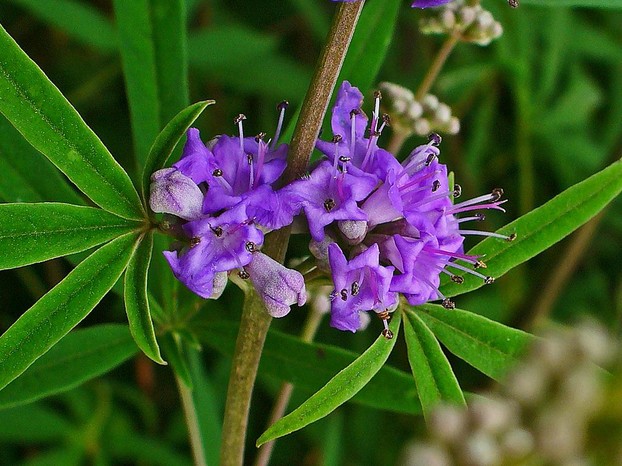
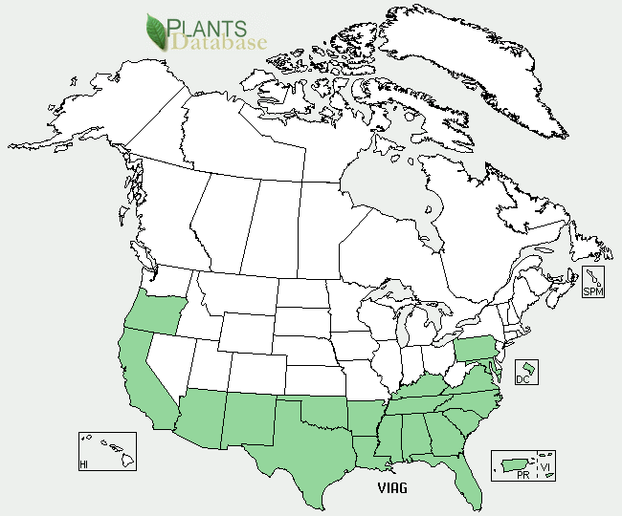
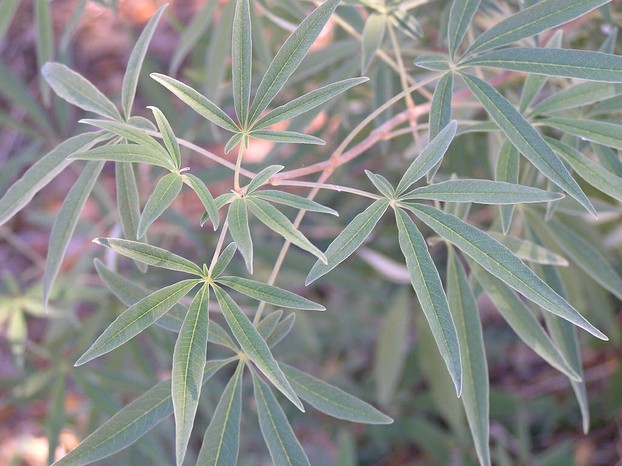
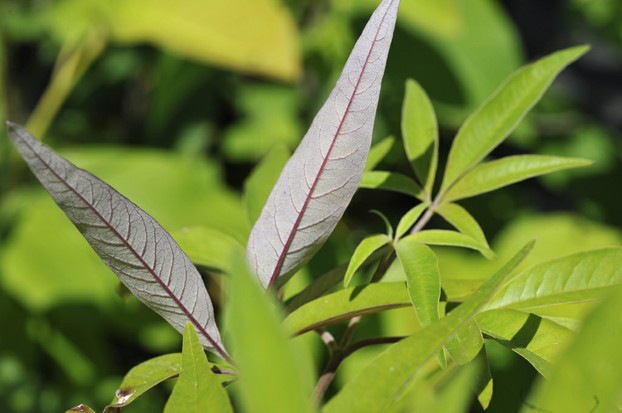
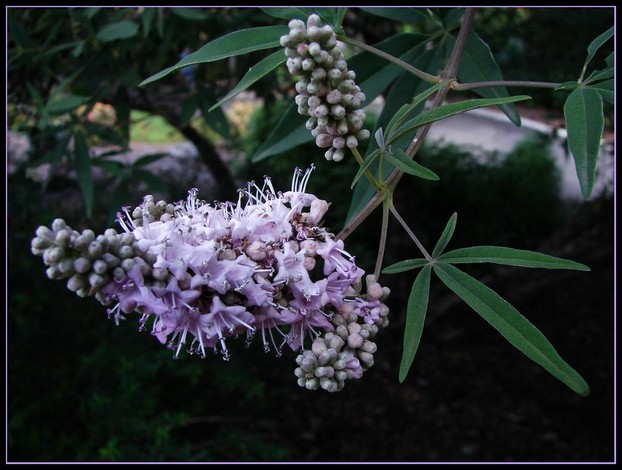
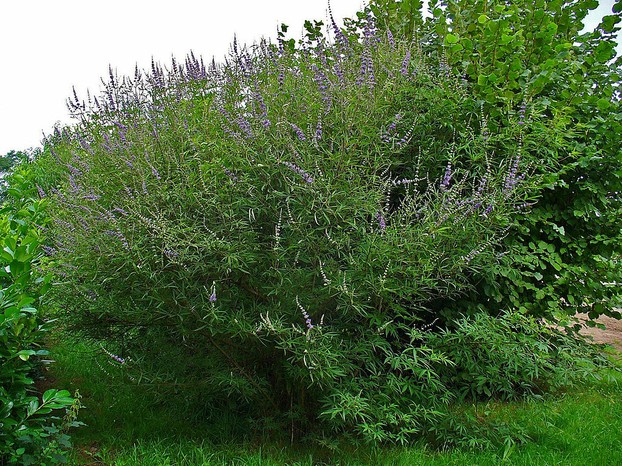
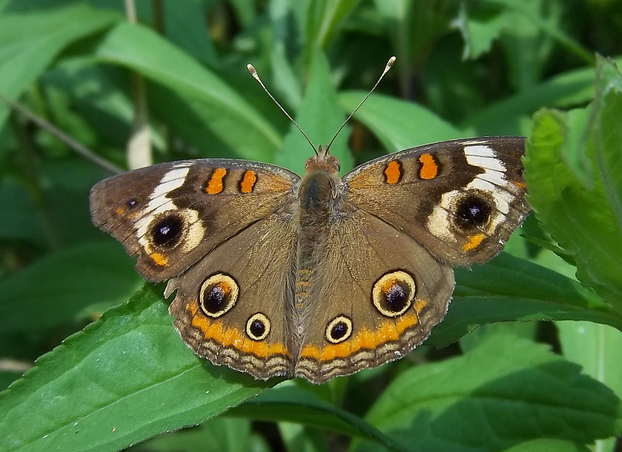
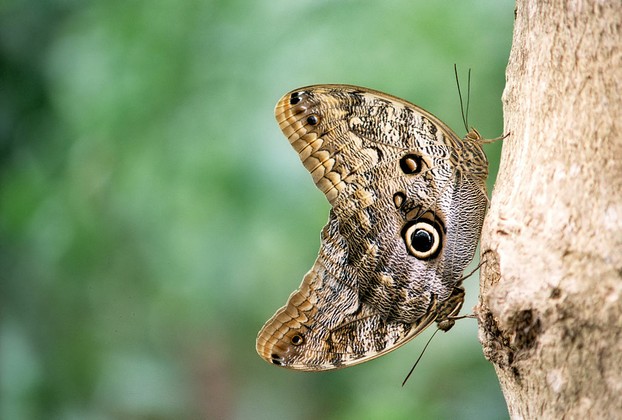
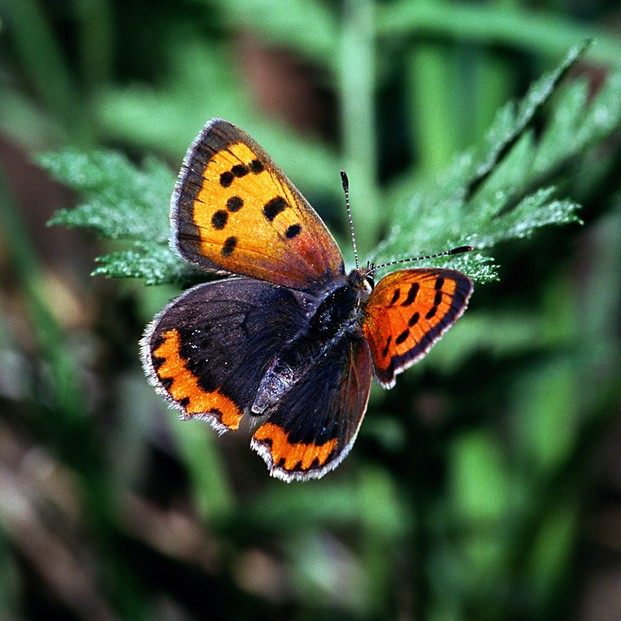
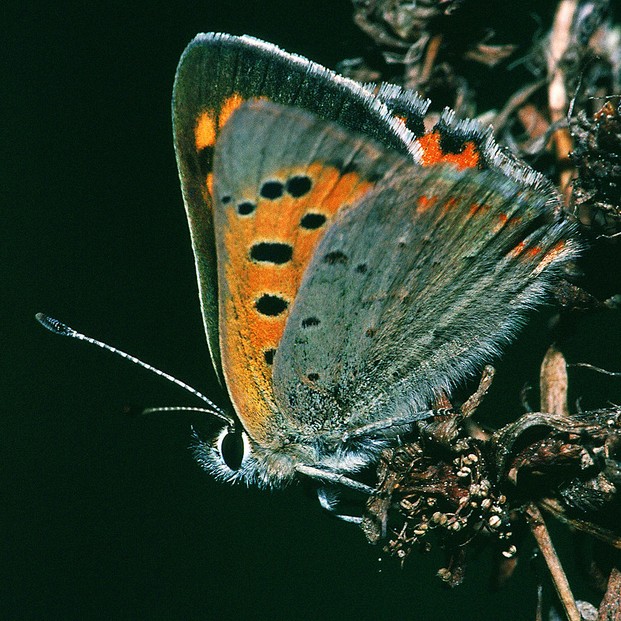
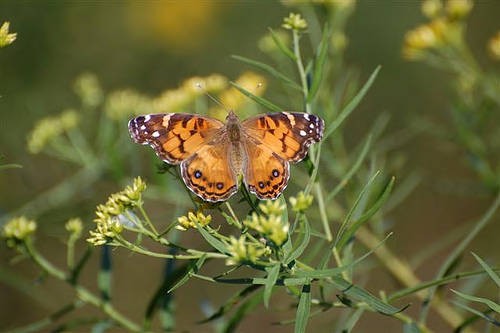
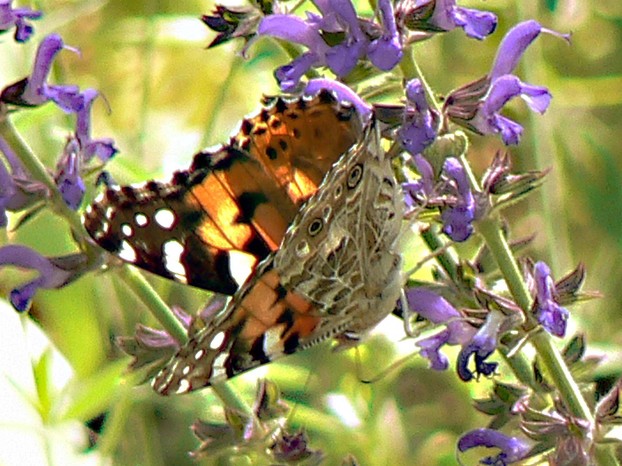
![Admiralfalter (Vanessa atalanta) mit geöffneten Flügeln (Admiral [Vanessa atalanta] with open wings) Admiralfalter (Vanessa atalanta) mit geöffneten Flügeln (Admiral [Vanessa atalanta] with open wings)](/static/uploads/en/module/image/2013/11/08/2013-11-08_14-13-10_699.622x621.jpg)
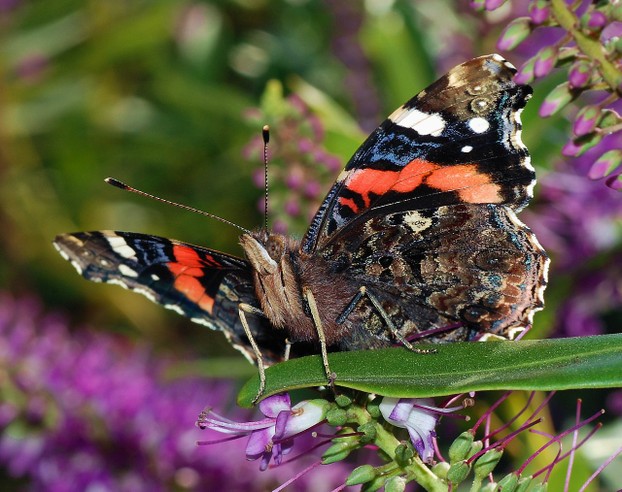
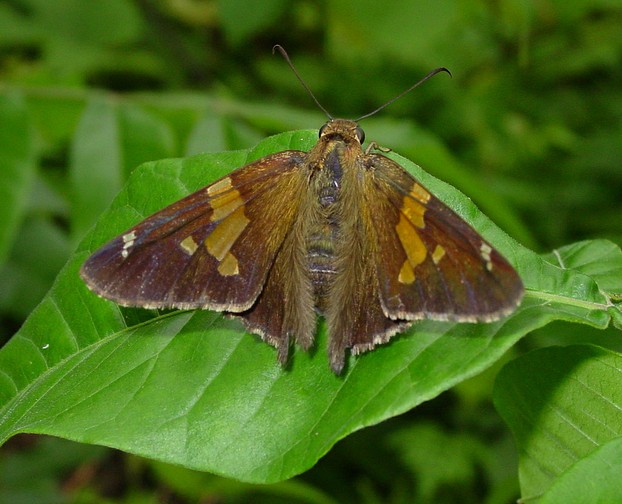
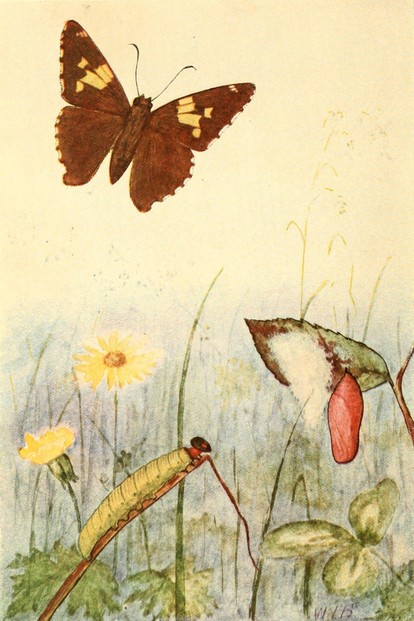
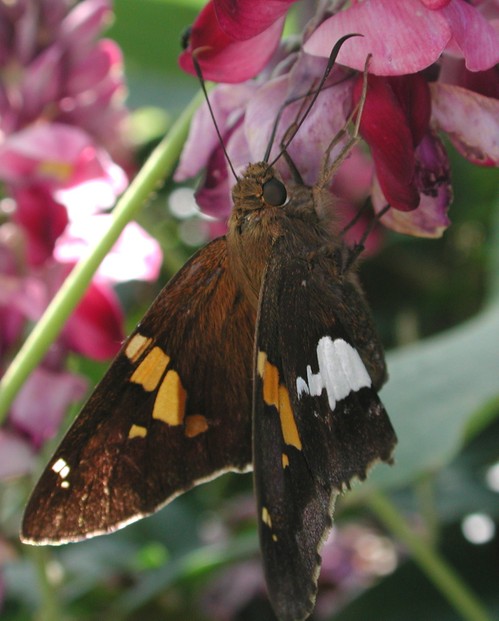
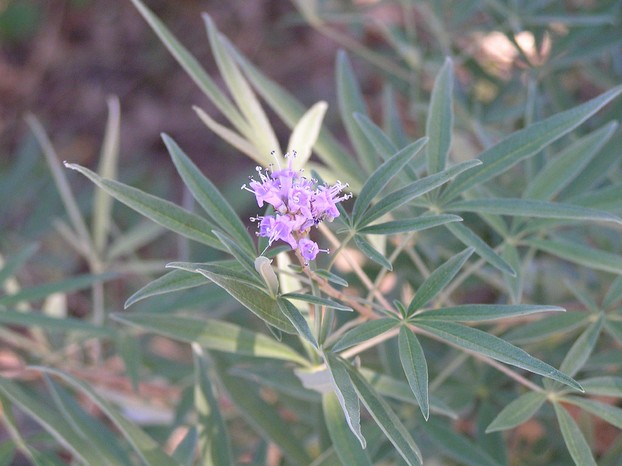
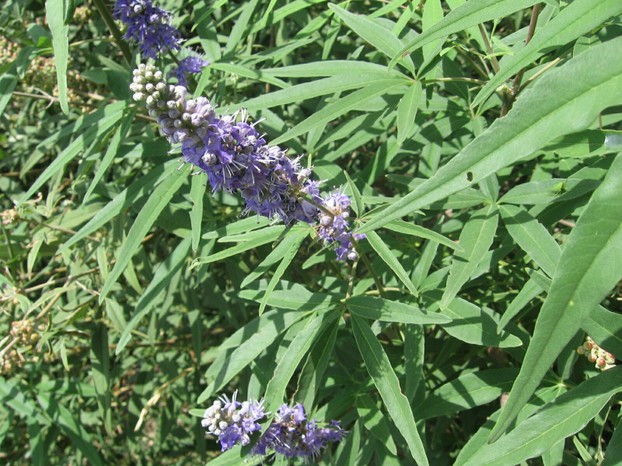
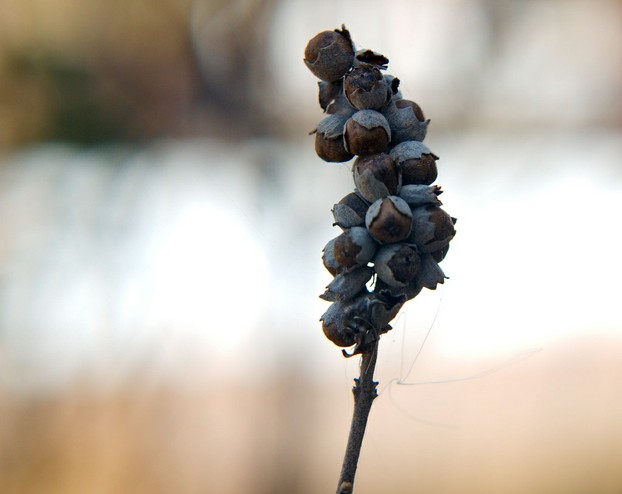
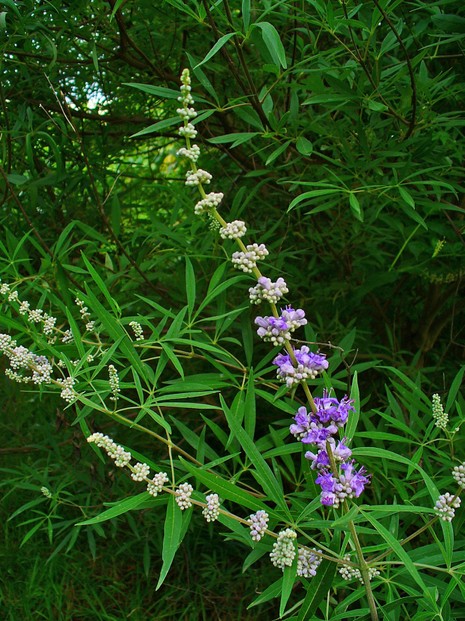






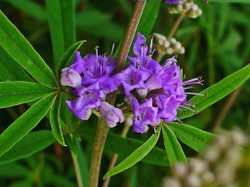

 Are Hawaiian Huakai Po Nightmarchers Avenging Halloween Thursday?on 10/02/2024
Are Hawaiian Huakai Po Nightmarchers Avenging Halloween Thursday?on 10/02/2024
 Mailing Addresses for 2023 Form 4868 Extending 1040 and 1040SR April 15, 2024, Due Dateon 04/15/2024
Mailing Addresses for 2023 Form 4868 Extending 1040 and 1040SR April 15, 2024, Due Dateon 04/15/2024
 Mailing Addresses for 2023 Forms 1040 and 1040SR Filed in 2024on 04/15/2024
Mailing Addresses for 2023 Forms 1040 and 1040SR Filed in 2024on 04/15/2024
 Mailing Addresses for 2022 Form 4868 Extending 1040 and 1040SR April 18, 2023, Due Dateon 04/13/2023
Mailing Addresses for 2022 Form 4868 Extending 1040 and 1040SR April 18, 2023, Due Dateon 04/13/2023

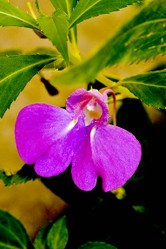
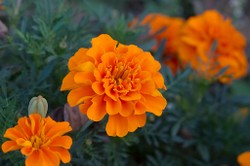
Comments
Mira, Monk's pepper flowers tend toward pastel colors of blue, lavender, purple, or violet, so their palette is quite soothing.
I enjoyed telling its story, so I appreciate your appreciation.
Me, too, I agree that monk's pepper shows well on its stems, which often display a graceful curve, as in the last photo.
Very interesting article on monk's pepper :). Love your little stories. :) Also, the plant has such an appealing color (does it come only in this color?:), and it looks so beautiful on a stem (as per your last photo).